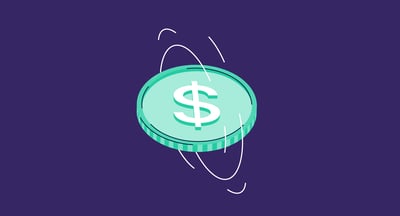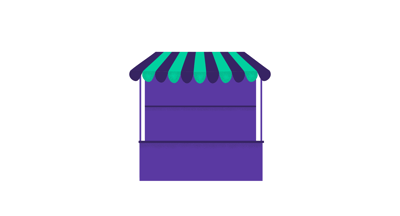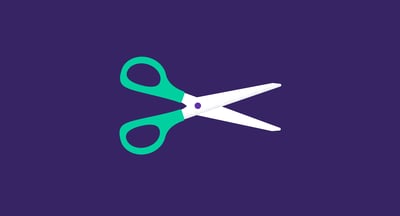November 20, 2020
 by Mara Calvello
by Mara Calvello
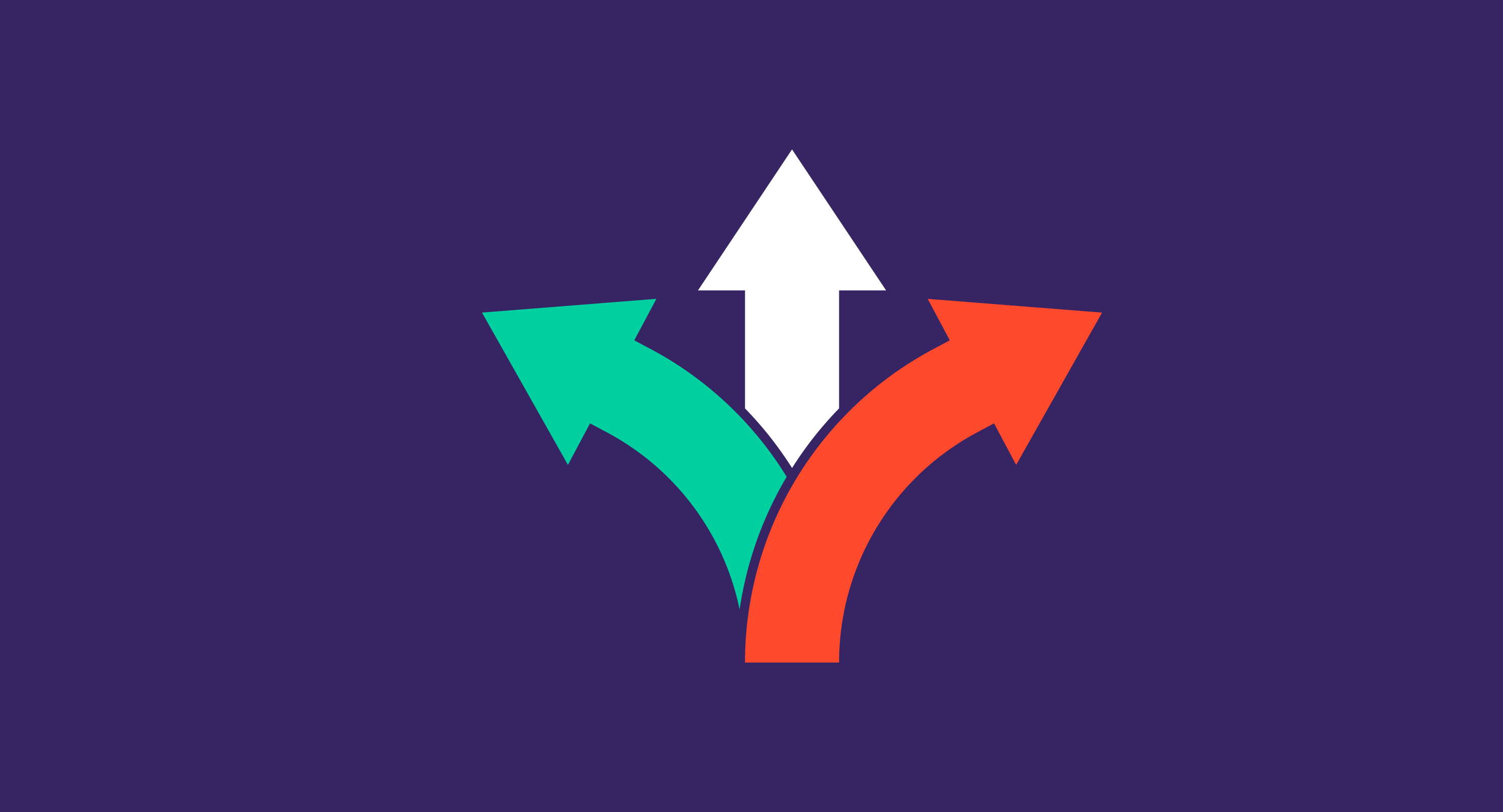
 Stop overspending on software
Stop overspending on software
Make the most of G2 Track Essential for more insights regarding your software - for free.
There are certain things in life that are critical to making it through the day in one piece.
Whether it’s your city’s public transit system for ensuring you get to work on time or even something as small as your morning cup of coffee, there are some things we simply need. The same can be said for things we like to have, but don’t necessarily need. Like a 30 minute post-lunch nap in the middle of the workday.
This way of thinking can be applied to the software you use at work. Some applications within our tech stack are absolutely vital to getting our work done, while other tools may go weeks without anyone logging into them.
How can you be sure that your organization isn’t wasting money on software that your teams aren’t even using…or at least not using enough to justify its cost? That’s where a SaaS system of record like G2 Track comes in handy.
When it comes to your company’s software stack, there are SaaS applications that are critical, and then there are other tools that are noncritical. Without the insights gleaned from user sentiment data, it can be difficult to determine which tools fall within which category.
Thankfully, there are a few ways in which you can discover how your team actually feels about the software they’re using.
of purchased software products have a user satisfaction rating lower than 4 stars.
If your IT department were to remove an entire department's access from a specific software solution, would they even notice? How quickly would they come banging on the door asking for access because they simply can’t get their work done? Or how long would it take them to notice they no longer have access?
Answers to these questions can help you determine just how critical a specific tool really is to your team.
An application is critical to your business when:
After you’ve deemed a specific application within your tech stack to be critical, you can then take a closer look at the contract. Pay specific attention to when it’s set to renew and the price. It may be in your company’s best interest to move this contract to a multi-year deal to save where you can within your software budget.
Let’s revisit the questions we asked ourselves regarding critical software. If no one has noticed their access to a specific application has been taken from them, or it takes multiple weeks for them to notice, chances are this specific tool isn’t critical to their daily duties.
An application is considered noncritical when:
Once you’ve come to the conclusion that an application isn’t critical to your organization, chances are good that your team should consider eliminating it as they do not provide value to your team and are equating to wasted spend.
It would be convenient if all of your company’s applications fit into the black-and-white categories of critical and noncritical, but sometimes some are a little gray.
For instance, there’s the “nice-to-have” software. Applications that are nice to have mean that your team doesn’t really need it, it tends to be helpful for a few people, and it’s enjoyable to use.
When employees say they love to use it, but don't find it critical to their daily tasks, it’s worth taking a look at the license and cost of the tool. Before the contract is renewed, consider renegotiating the cost or lowering license counts.
Additionally, just because a tool is critical, doesn’t mean your team should keep it. This is software that your team truly hates using.
When this is the case, it’s in your company’s best interest to either replace the software with a different tool that has similar features and functionality or retrain employees on how to use this software in case some of its features aren’t being utilized in ways that it should be. Sometimes when a team dislikes using it, it may simply mean they’re not sure how to use it.
Carla S.
G2 Track Review
Now that you know exactly where every application within your stack falls, it’s time to iron out the next steps and what you should be doing with this information.
First, a SaaS system of record like G2 Track displays user sentiment data in an easy to read dashboard. This exciting feature provides your team with employee feedback in real-time, thanks to pulse surveys that can be sent to your entire company.
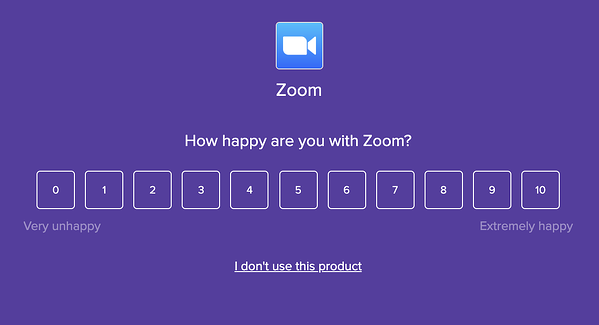
The G2 Track Pulse Surveys are the fastest, easiest way to ask your employees what they really think about a product in your tech stack. Once your team responds to these surveys, you can start to analyze the net promoter score of each application.
Let’s take a look at some examples.

This particular tool is both loved by your team and is found to be critical to their daily work. With 79% of the team promoting the tool, a 74 NPS score, and 94% considering this product to be critical, this application is a must-have solution within your company’s stack.

Then there’s this one. With a low NPS score of -26, 50% of survey-takers being detractors, and only 11% of the team saying it’s critical to their work, chances are good this application could be cut from your company stack.

Lastly, you may have software that falls in between the two, like this one. While it seems to be pretty unloved by the team, over half think it’s critical. It’s in your best interest to look for other applications on the market with similar features that your team may enjoy using more than this one.
In addition to pulse surveys and sentiment data, it’s always a good idea to rely on regular communication with your team. If – when asked to use a certain software – you’re met with heavy sighs, eyerolls, and general complaining, chances are good your team doesn’t enjoy using this software.
Once you have all the data you need, you’ll want to determine which of your contracts need rightsizing, based on utilization feedback, and how aggressively you can negotiate your software contracts when they’re set to renew. You can also reduce your costs by eliminating all non-critical, low-rate products from your tech stack, and your budget.
Thanks to the sentiment hub in G2 Track, you will always know exactly how your employees feel regarding the tools they use. Whether they love it or they hate it, it all comes down to whether or not they can do their job without it.
Find out more about the sentiment hub, and all of the other data you could be missing by not using a tool like G2 Track, when you request a free demo and learn how you could be managing your SaaS spend, usage, contracts, and everything in between.
Mara Calvello is a Content and Communications Manager at G2. She received her Bachelor of Arts degree from Elmhurst College (now Elmhurst University). Mara writes content highlighting G2 newsroom events and customer marketing case studies, while also focusing on social media and communications for G2. She previously wrote content to support our G2 Tea newsletter, as well as categories on artificial intelligence, natural language understanding (NLU), AI code generation, synthetic data, and more. In her spare time, she's out exploring with her rescue dog Zeke or enjoying a good book.
 Stop overspending on software
Stop overspending on software
Make the most of G2 Track Essential for more insights regarding your software - for free.
To renew or not to renew? That is the question.
 by Mara Calvello
by Mara Calvello
Deciding which software your team uses day in and day out is a big commitment.
 by Mara Calvello
by Mara Calvello
On June 11, G2 co-founder Tim Handorf sat down with G2 Track customers for The COVID Consult:...
 by Mara Calvello
by Mara Calvello
To renew or not to renew? That is the question.
 by Mara Calvello
by Mara Calvello
Deciding which software your team uses day in and day out is a big commitment.
 by Mara Calvello
by Mara Calvello
